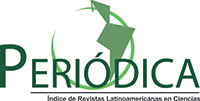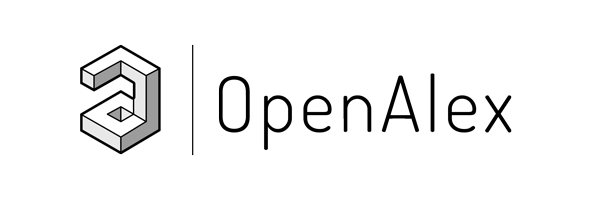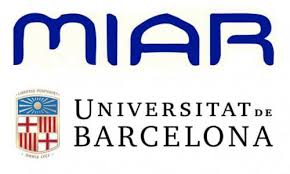Analysis of the concrete-steel interface in specimens exposed to the weather and immersed in natural sea water
Abstract
The electrochemical behavior in reinforced concrete elements without and with additión of sodium chloride (NaCl) in the mixing water, in exposed in a marine/tropical environment was evaluated. The monitoring consisted in measuring corrosión potential (Ecorr), carbonatión front advance (xCO2) and photographic record of the concrete/steel interface at different stages of the exposure time period. In the outdoor exposure it was observed that the additión of NaCl in the mixing water favored the advancement of carbonatión, without showing the beginning of corrosión. The presence of chloride was determinant in the beginning and development of the process of corrosión, as much in exposure to the intemperie as in immersión.
Downloads
References
ASTM International (2002), “ASTM C192/C192M-02 Standard Practice for Making and Curing Concrete Test Specimens in the Laboratory”. Retrieved from https://doi.org/10.1520/C0192_C0192M-02.
ASTM International (2009), “ASTM C876-09 Standard Test Method for Corrosión Potentials of Uncoated Reinforcing Steel in Concrete”. Retrieved from, https://doi.org/10.1520/C0876-09.
ASTM International (2012), “ASTM C42/C42M-12 Standard Test Method for Obtaining and Testing Drilled Cores and Sawed Beams of Concrete”. Retrieved from https://doi.org/10.1520/C0042_C0042M-12.
Ávila-Mendoza, J., M. Flores, J., C. Castillo, U. (1994), “Effect of Superficial Oxides on Corrosion of Steel Reinforcement Embedded in Concrete”, CORROSION, V. 50 pp. 879-885.
Berkeley, K. G., Pathmanaban, S. (1990), “Cathodic protectión of reinforcement steel in concrete”, Ed. Butterworths, United Kingdom, ISBN 0-408-03270-1.
Castro, P., Moreno, E. I. and Genescá, J. (2000a), “Influence of marine micro-climates on carbonatión of reinforced concrete buildings”. Cement and Concrete Research V. 30, pp. 1565-1571, http://dx.doi.org/10.1016/S0008-8846(00)00344-6.
Castro, P., Sanjuan, M. A. and Genesca, J. (2000b), " Carbonatión of concretes in the Mexican Gulf", Building and Environment., V. 35, pp. 145-149, https://doi.org/10.1016/S0360-1323(99)00009-8
Castro-Borges, P., Veleva, L., Balancán-Zapata, M., Mendoza-Rangel, J. M., Juárez-Ruiz, L. A. (2013), “Effect of environmental changes on chemical and electrochemical parameters in reinforced concrete. the case of a tropical marine atmosphere”, International Journal of Electrochemical Science, V. 8, Issue 5, pp. 6204-6211.
Chávez-Ulloa, E., Pérez-López, T., Reyes Trujeque, J., Corvo, Pérez, F. (2013), “Deterioro de elementos de concreto en medio ambiente marino tropical y cámara de carbonatación acelerada”, Rev. Téc. Ing. Univ. Zulia, V. 36, pp 104-113.
Chess, P., Gronvold and Karnov, (1998), “Cathodic protectión of steel in concrete”, E&FN Spon, United Kingdom, ISBN 0-419-23010-6.
Corvo, F., Pérez, T., Martin, Y., Reyes, J., Dzib, L. R., González-Sánchez, J., Castañeda, A. (2008), “Time of wetness in tropical climate: Considerations on the estimation of TOW according to ISO 9223 standard”, Corrosion Science, V. 50, pp. 206–219.
Genescá, J. (1994). Más allá de la Herrumbre III: Corrosión y medio ambiente. 1ra Edición. Fondo de Cultura Económica. México, D.F.
Gutiérrez, G. and Winant, C. D. (1996)" Seasonal patterns of winds stress and wind stress curl over the Gulf of Mexico". Journal of Geophysical Research, Vol. 101, No. 8, pp. 127.
Helene, P., Castro-Borges, P. (2009), “A novel method to predict concrete carbonatión”, Concr. Cem. Investig. Desarro. V. 1, No. 1, pp. 25-35.
Melchers, R. E., Li, C. Q. (2009), “Reinforcement corrosión initiatión and activatión times in concrete structures exposed to severe marine environments”, Cement and Concrete Research, V. 39, issue 11, 1068, http://dx.doi.org/10.1016/j.cemconres.2009.07.003.
Moreno, E. I., Domínguez Lara, G. G., Cob Sarabia, E. J., Duarte Gómez, F. (2004), “Efecto de la relación agua/cemento en la velocidad de carbonatación del concreto utilizando una cámara de aceleración Ingeniería”, Ingeniería, V. 8, No. 2, pp. 117-130.
NMX-C-495-ONNCCE-2015 (2015), "Industria de la construcción – Durabilidad de estructuras de concreto reforzado – Medición de potenciales de corrosión del acero de refuerzo sin revestir, embebido en concreto – Especificaciones y método de ensayo”
NOM C-159-85 (1985), “Concreto Elaboración y Curado en Laboratorio de Especímenes”.
Papadakis, V. G., Vayenas, C. G., Fardis M. N. (1991a), “Fundamental modeling and experimental investigatión of concrete carbonation”. ACI Materials Journal, V. 88, No. 4, pp. 363-373.
Papadakis, V. G., Vayenas, C. G., Fardis M. N. (1991b), “Physical and chemical characteristics affecting the durability of concrete”, ACI Materials Journal., V. 88, No. 2, pp. 186-196.
Pérez, T., Castro, P., Genescá, J. (2006), “Influence of meteorological parameters over the chloride ingress to concrete exposed to marine environment”. II Congreso Nacional ALCONPAT México 2006, 8 y 9 de Noviembre de 2006, Tampico, Tamaulipas, México ISBN 968 – 9031 -14 – 7.
Pérez, T. (2000), “Kinetics study of the concrete steel embedded reinforcement subject to different exposure conditións at marine environment”, PhD thesis, UNAM, México.
Pérez, T., Sosa, M. R., Dzib, L. R., Reyes, J., Camacho, R., Troconis-Rincon, O. y Torres-Acosta, A. (2010), “Reinforced concrete beams deterioratión in tropical marine environment: DURACON-Campeche”. Concrete Under Severe conditións – Castro Borges et al (eds), Editorial Taylor & Francis Grup, London, pp. 413-420, ISBN: 978-0-415-59316-B.
Rosas, O., Maya-Visuet, E., Castaneda, O. (2014), “Effect of chloride ións on the electrochemical performance of LDX 2003 alloy in concrete and simulated concrete-pore solutions”, J. Appl. Electrochem., V. 44, issue 5, pp. 631-646, DOI: http://dx.doi.org/10.1007/s10800-014-0668-0.
San Miguel, G. F., Tamez, P. V., Alvarado, M. R., Alcorta, R. G., Garza, R. M., Farias, J. P. (2012), Deterioro por corrosión de elementos de concreto armado de un edificio industrial. Revista ALCONPAT, V. 2, No., 3, pp. 195 – 210. DOI: http://dx.doi.org/10.21041/ra.v2i3.38.
Solís Carcaño, R. G., Moreno, E. I., Castro Borges, P. (2005), “Durabilidad en la estructura de concreto de vivienda en zona costera. Ingeniería”, Ingeniería, V. 9, pp. 13-18.
Trocónis de Rincón, O. (1997), Manual for inspecting, evaluating and diagnosing corrosión in reinforced concrete structures. DURAR Network Members. CYTED. ISBN 980-296-541-3, Maracaibo, Venezuela. 1997/1998/2001 (1st ed. 2nd ed. and 3rd ed. in Spanish), 2000 (1st ed. in English).
Trocónis de Rincón, O., et al. (2007) “Effect of the marine environment on reinforced concrete durability in Iberoamerican countries: DURACON project/CYTED”, Corrosion Science, V. 49, Issue 7, pp. 2832-2843.
UNE-112-011 (1994), Corrosión en armaduras. Determinación de la profundidad de carbonatación en hormigones endurecidos y puestos en servicio., Madrid, Ed. AENOR.
Ye, H., Jin, N., Jin, X. and Fu, C. (2012), “Model of chloride penetratión into cracked concrete subject to drying–wetting cycles”, Construction and Building Materials, V. 36, pp. 259-269.
Zitrou, E., Nikolaou, J., Tsakiridis, P. E. and Papadimitriou, G. D. (2007), “Atmospheric corrosión of steel reinforcing bars produced by various manufacturing processes”, Construction and Building Materials, V. 21, Issue 6, 1161-1169, http://dx.doi.org/10.1016/j.conbuildmat.2006.06.004.
_______________________________
License in effect from September 2020
You are free to:
- Share — copy and redistribute the material in any medium or format for any purpose, even commercially.
- Adapt — remix, transform, and build upon the material for any purpose, even commercially.
- The licensor cannot revoke these freedoms as long as you follow the license terms.
Under the following terms:
- Attribution — You must give appropriate credit , provide a link to the license, and indicate if changes were made . You may do so in any reasonable manner, but not in any way that suggests the licensor endorses you or your use.
- No additional restrictions — You may not apply legal terms or technological measures that legally restrict others from doing anything the license permits.
Notices:
You do not have to comply with the license for elements of the material in the public domain or where your use is permitted by an applicable exception or limitation .
No warranties are given. The license may not give you all of the permissions necessary for your intended use. For example, other rights such as publicity, privacy, or moral rights may limit how you use the material.















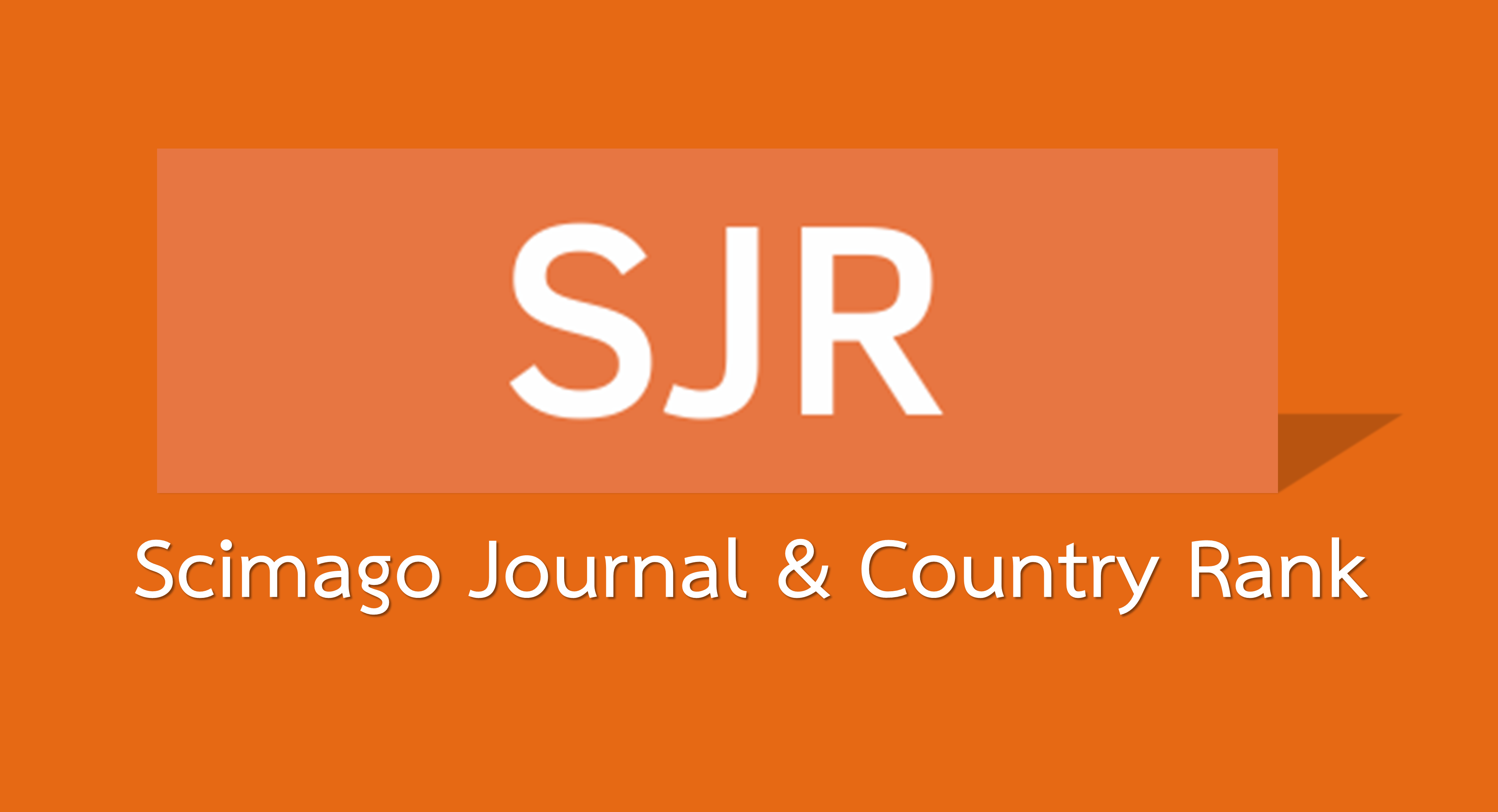




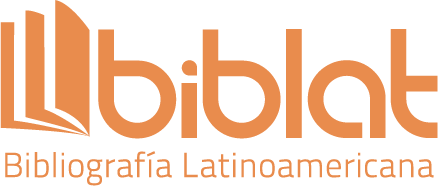
.png)

